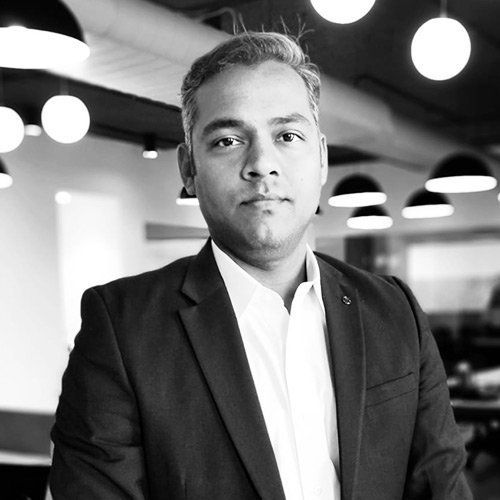Harness The Power of Influencers for Organisational Change

Organisations are a web of relationships and complex social entities and consist of influencers who cut across management hierarchies and functional silos. Social network analysis can be used to identify hidden influencers in an organisation. Without influencers, true organisational change that spans the breath of the company comes slow, if at all.
Organisations are a social entity. When we recruit talent, they come as individuals with their own thoughts, views, opinions, ideologies, likes and dislikes. Employees form their cohorts, beyond professional boundaries and hierarchies. These cohorts have people who share similar passions, hobbies, professional aspirations, and personal experiences.
Organic organisational change
Consider this typical example: Amit works in Rahul’s team. Every week during the review, Rahul delegates tasks to the team along with timelines. This is pretty much standard practice. Amit plans his tasks for the week and in the process reaches out to Sunita regularly for any technical help on the task.
Sunita is a tenured and senior colleague and is considered an expert in her domain. Many others like Amit, reach out to her for guidance.
Amit also has a close friend, Sunil, a college senior who comes from the same town, working in another team. Amit and Sunil spend a lot of time outside office hours and end up discussing both personal and professional issues.
Amit has been working with Rahul for over two years now and considers him to be a thorough professional, objective in his views and thoughts, setting clear expectations with the team and walking the talk. With Rahul setting a good example as a leader, young professionals like Amit look up to him and wish to become like him.
3% of influencers can potentially reach 80% of employees
At work, we come across such everyday influencers around us who impact the way we perceive organisational change, process automation, high potentials and successors identified for key positions and many such organisational decisions.
If we visualise organisations as a web of relationships, then influencers are those that connect with and impact large numbers of individuals around them. They connect with others, sometimes as technical experts, buddies or live wires in the team, leaders who inspire, or close friends who can advise on personal and professional matters.
At work, we come across such everyday influencers around us who impact the way we perceive organisational change.
As organisations become more agile and find innovative ways of engaging and communicating with their talent, research has indicated that these hidden influencers, typically forming 3% of the employees, have the potential to reach 80% of the workforce. It is this potential that needs to be harnessed in organisations using social network analysis.
The social networks in an organisation can support building a culture of teamwork, collaboration, and innovation when the hidden influencers are identified and engaged in the change initiatives. Influencers act like change agents who can circulate the right message across the organisation more effectively than the formal and traditional communication channels.
By leveraging social influencers, we are not undermining the importance of formal channels of communication, but rather complementing the formal channels by penetrating deeper into the organisation.
If others follow them, make them follow you
In another scenario, organisations implementing strategic digital transformation initiatives can leverage these influencers by involving them in core teams of key projects. Including influencers in the team has proven to increase strategic change adoption by 40% which in turn leads to faster implementation.
On many occasions, we have experienced that when a technical expert leaves the organisation, the team around the expert also starts getting disengaged. Social network analysis can help organisations identify such risks in advance and prepare themselves to mitigate such risks. For example, identifying teams or cohorts that rely solely on one single technical expert for guidance.
To conclude, social network analysis is emerging as an impactful tool for identifying and leveraging social and informal networks in the organisation. Those who harness social networks are able to build an organisational culture that is agile, innovative, and better-equipped to manage risks and drive effective change adoption for their strategic and digital transformation initiatives.






